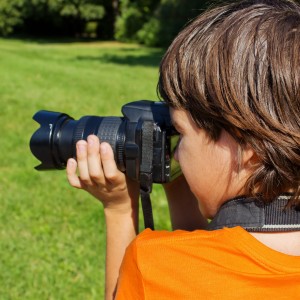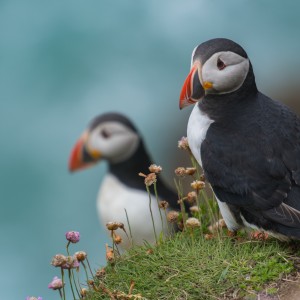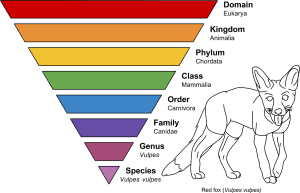

Be a Part of Our On-Going Citizen Science Project!
What is iNaturalist?
iNaturalist is a website and app (available through Apple and GooglePlay) that allows users from all over the world to record species observations and learn more about biodiversity in our communities. Whenever a user uploads an observation, they try to identify the organism. Then, other users either confirm the identification or suggest another one they think is more accurate. If the community agrees on the species-level identification, then the observation becomes “Research Grade,” which means it will be used by scientists in online science databases.
Bionerds has made a general account (with the username, bionerds_oc) for our students to engage in scientific recording techniques and learn more about the intersection of technology and biology.
How can you participate?
To add observations to the Bionerds general account, fill out the form below with your photo observation of any animal or plant you find out in nature. You will also be asked to record the date, time, and location of the observation. Once you submit all the information, we will upload your observation to our account. You will be able to view your observation and the observations of others in our program by going to our account homepage on iNaturalist.
(Please note that observations uploaded to iNaturalist are intended to be of wild organisms only. So please refrain from uploading observations of your dog, plants grown in a garden, animals in a zoo, etc.)
We will be having contests in which we will reward Bionerds iNaturalist participants, so grab your cameras, get outside, and get started!
If you have any questions, please do not hesitate to contact us at outreach@bionerdsllc.com!


Notes on Identifying Organisms
All organisms have a common name and a scientific name. The common name is something we usually call a certain organism, while the scientific name is unique to that organism and is a product of taxonomic classification. The common name of an organism can depend on the region you are in, while the scientific name does not change. For example, a mountain lion can be referred to as a cougar, puma, panther, and even a cat. These are common names. The scientific name of a mountain lion is Puma concolor. Scientific names are useful because they allow scientists to talk about a certain organism without confusion.
In iNaturalist, you can identify your observation by either its common or scientific name and it will automatically show you the other. This helps eliminate confusion for people who call an organism by multiple names.
Scientific names are a product of something called taxonomic classification. In biology, we have a system of grouping living things in order to identify and talk about a specific organism. This is called taxonomy. Each taxonomic level is a grouping. These groupings are named: domain, kingdom, phylum, class, order, family, genus, species. The scientific names of organisms always include their genus and species, with the genus being capitalized.
In iNaturalist, if you do not know the identification of your observation down to the species level, that’s okay. You can identify it to a higher taxonomic classification. Doing this can help more users identify your observation than leaving the identification box blank.
Helpful Videos from iNaturalist
How iNaturalist Works https://vimeo.com/153477640
How to Make an Observation on iNaturalist Using the Mobile App https://vimeo.com/162581545
How to Use iNaturalist’s Photo Uploader https://vimeo.com/167431843
How to Take Better Photos for iNaturalist https://vimeo.com/167341998
Bionerds
PO BOX 81004
Rancho Santa Margarita, California 92688
(949) 288-1486
hello@bionerdsllc.com



